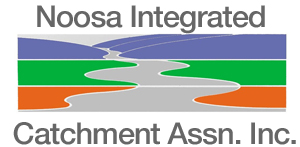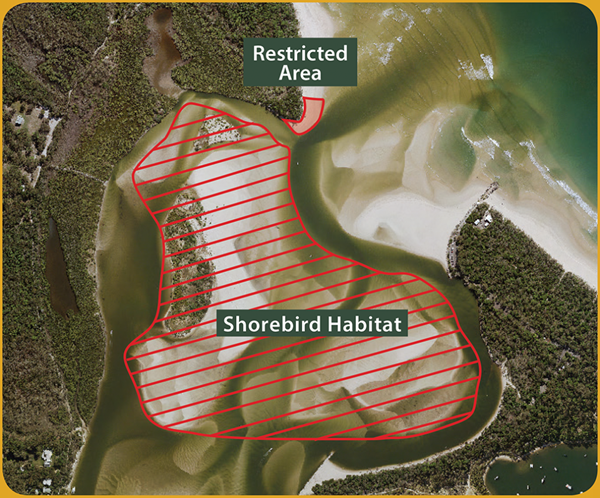NICA is delighted and appreciates receiving a 12 months Queensland Government “Engaging Science” grant.
Our project, titled “Tread Lightly” involves eight half-day, hands-on educational/scientific experiences, to increase community understanding, knowledge and foster community stewardship of the Noosa River system and its catchment.
7 are by pontoon boat and one is a walking event.
The first one is about Shorebirds – Migratory & Resident.
Participants will learn to ID and count species, and learn the importance of estuary spits and the Sand Island.
They will learn to assess abundance and biodiversity of migratory shorebirds and disturbance events, discuss their long journeys & problems.
Conduct survey – QWSG protocols. Conduct disturbance survey – HLW standard.
Interesting fact.
What can shorebirds teach us about how to use space?
Shorebirds can mass together in their tens of thousands on a tidal mudflats and and spits, concentrating along the water’s edge on an outgoing tide where their food is most abundant. Under these conditions they rarely waste time fighting over space or food. Competing for food and defending a territory (or avoiding the territory of others) takes time and energy away from feeding, migrating and ultimately breeding. Shorebirds avoid this problem by being able to feed at different depths (an eastern curlew has a bill 180mm long while a small plover with a bill less than 10mm long will run and peck at small crabs and worms on the surface.
If you spend some time watching shorebirds, a picture may start to emerge showing how each type of animal coexists by having its own space (or depth) at which it feeds. This allows birds of different species to focus on what is in the mud or sand they are standing on and disregard, or at least tolerate, the large number of other birds that surround them. This coexistence through avoiding competition is a strategy that many animals and plants use in the nutrient-rich intertidal zone. Over time, animals become specialists feeding on a part of a common food resource that no other animal uses. Feeding in different locations or at different times are common ways of avoiding competition. For shorebirds it is feeding at different depths and this has resulted in an ecological community with an amazing diversity and abundance of living things. Take some time to watch this phenomenon at work next time you see a feeding assemblage of shorebirds. (Qld Gov)




